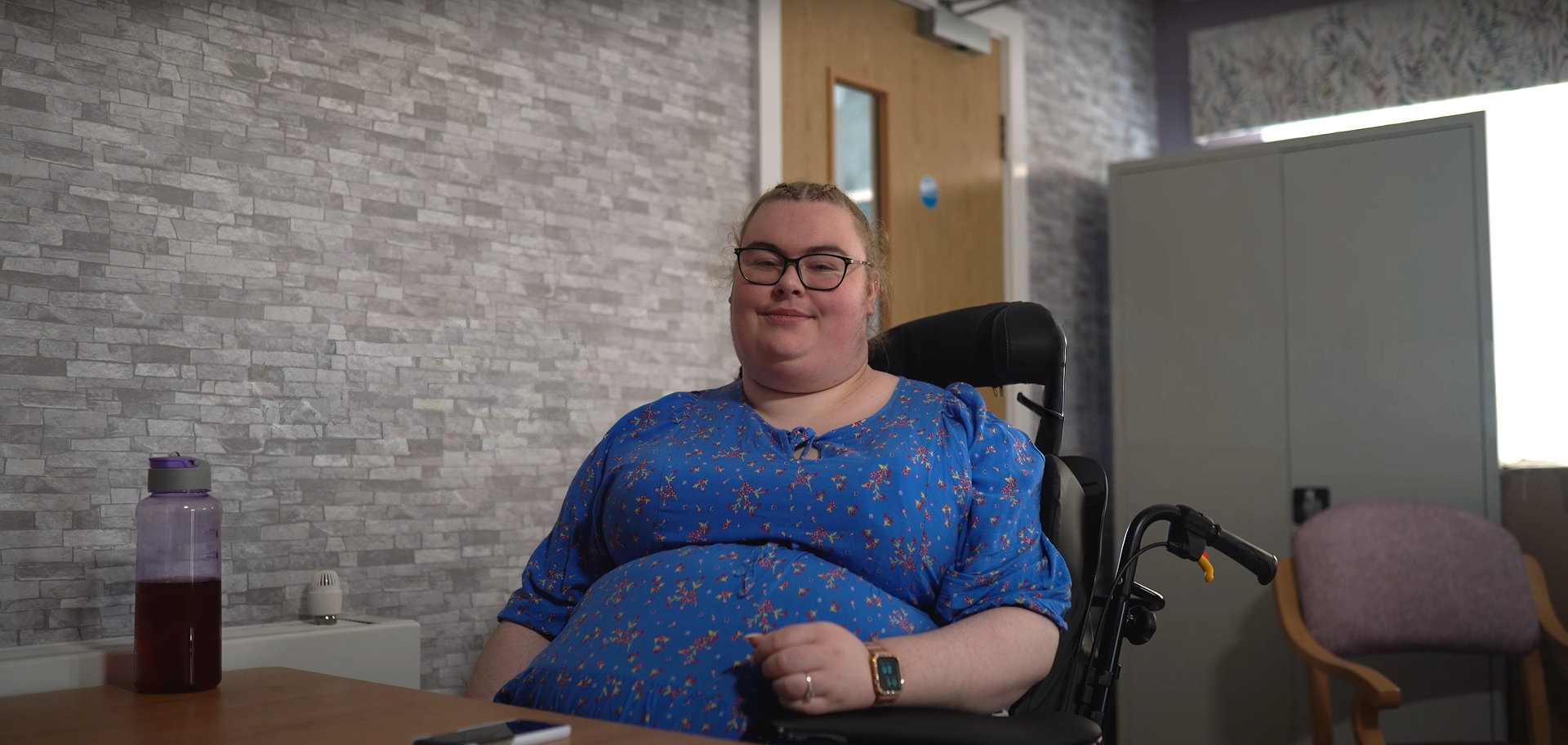
PARISH ADMINISTRATION
PCC and APCM
The governance of our parishes is the responsibility of the incumbent and the Parochial Church Council (PCC).
A parochial church council (PCC) is the executive committee of a parish and consists of clergy, churchwardens and representatives of the laity. It is responsible for the financial affairs of the parish and for the maintenance of the church, the churchyard and any other church buildings within the parish. The PCC also assists the clergy in managing church matters and promoting the mission of the church.
The PCC is the decision-making body for a parish. Its function is set out under the Synodical Governance Measure. The PCC is also the employer of anyone employed in the parish such as vergers, youth workers, cleaners or administrators. The Parochial Church Councils (Powers) Measure 1956 sets out the responsibilities and duties of the PCC.
PCCs are charities and their members are Charity Trustees, therefore must ensure that the right are in place to ensure good governance and compliance with charity law and ecclesiastical (canon) law which is unique to Church of England churches.
PCCs are charities, and their members serve as Charity Trustees. Therefore, they must ensure that the right policies and procedures are in place to support good governance and compliance with both charity law and ecclesiastical (canon) law, which is unique to Church of England churches. Rules regarding the constitution and remit of PCCs are set out in the Church Representation Rules.
The PCC is known as a body corporate. This means that the PCC has a legal identity quite separate from the individual members of which it is composed. However, the PCC body is accountable for the decisions that it makes, and therefore decisions need to be taken carefully, showing fairness, respect for the law, and being in line with the regulations of the Charity Commission. For this reason, the details of any far-reaching decision must always be prepared carefully in writing for every member of the PCC to have a chance to read and consider before it is finalised at the PCC meeting.
How a PCC Works
Categories of PCC membership
There are four categories of PCC membership:
- ex-officio members made up of clergy, licensed workers, churchwardens, General, Diocesan and Deanery Synod members;
- appointed members (Licensed Readers);
- members elected at the Annual Parochial Church Meeting (APCM);
- co-opted members during the time between annual meetings.
The number of elected and co-opted members is directly set by the size of the parish’s electoral roll.
Church Representation Rules are vital for all those involved in parochial governance.
Terms of office
PCC members are chosen at the Annual Meeting, which must take place in each parish no later than 31st May each year.
To stand for election to the PCC, Deanery or Diocesan Synod, you need to be:
- over 16;
- able to consent to being appointed;
- on the electoral roll for at least six months (if aged 18 or older);
- legally allowed to be a Charity Trustee;
and have received communion, within the Church of England, at least three times in the previous 12 months.
The term of office is three years. Standard practice is to elect one-third of your PCC’s elected members each year. Any members co-opted during the year must stand down at the next Annual Meeting, but may stand for election if they wish to continue as a PCC member and meet the qualification criteria.
A churchwarden is elected annually at the APCM.
Licensed Readers who are appointed to the PCC must be re-appointed every year by the Annual Meeting. Readers may stand for election to the PCC along with all other lay members of the parish.
Requirements of all church members
Each PCC member must ensure that neither they, nor their family members, benefit from their PCC membership.
Each PCC member, with their colleagues, will need to ensure that their parish community maintains the highest standards to ensure that the many important matters discussed including financial affairs, safeguarding, mission, health and safety are dealt with professionally.
Members of all governance groups must also:
- Comply with the Safeguarding E-manual
- Comply with General Data Protection Regulations
- Undertake training as required
- All roles are voluntary. Each member must sign a “fit and proper persons” declaration and be subject to an enhanced DBS check.
PCC committees
Sub-committees
PCCs can create sub-committees to carry out specific jobs. Each sub-committee should ideally have at least one PCC member along with other church members who have the enthusiasm and/or relevant expertise. These sub-committees are responsible to the PCC, should report back regularly and seek approval before making changes or incurring costs. The PCC is ultimately responsible and should give clear direction to all its sub-committees.
The Standing Committee
This is a statutory PCC committee that may carry out some of the work of the PCC between meetings (e.g. if an urgent matter arises for which a full PCC Meeting cannot be called). The Standing Committee reports to the PCC. The size of a Standing Committee is dependant on the size of the parish Electoral Roll. The Minister is always an ex-officio member and the PCC must appoint others from its own lay membership.
PCC Meetings
A PCC meeting is vital to good church governance and a place for Christians to meet to worship God and support one another. Prayer is at the heart of our faith and should be central to our meetings. Set aside time for prayer at the beginning and end of PCC meetings and consider pauses for prayer during the agenda. Offer up struggles to God, ask for wisdom and guidance for the way forward, and take a moment to remember the purpose of these meetings.
As we seek to better serve God and our communities, we should also seek to work together in harmony, creating a supportive and open atmosphere within our PCCs.
Practicalities
The Secretary should see that dates of meetings are fixed well in advance, and circulate the details avoiding clashes with Deanery and Diocesan Synods.
The PCC Secretary should prepare the agenda with the Chair of the PCC and the standing committee. The agenda should then be circulated to members at least ten full days before the meeting along with any written reports or documents that are due to be discussed.
A notice to the church community should be displayed on or near the church door at least 10 days prior to the meeting giving the date, time, place of the meeting. This lets church members know that the meeting is taking place and gives them the opportunity to raise matters with PCC members.
Agendas
The order of the agenda is flexible so that if a guest has been invited to contribute to the meeting their item can be taken near the beginning. It is very easy for the agenda to focus on business matters to the exclusion of all else and this can lead to discussions that appear to have little to do with furthering the mission of the church. An awareness of the mission should be present in all that we do but it is often a good idea to be more explicit and intentional about this when planning the meetings.
For example, if your parish or mission community has a Mission Action Plan, the PCC might decide to focus on a different point or section at each meeting to discuss progress and the way ahead. Alternatively, the PCC can give special attention to a particular sub-committee at each meeting or invite speakers to talk on areas that are important to the ministry of your church.
A guideline agenda
- Prayer
- Apologies for absence
- Declarations of interest
- Membership – a report on changes in the membership of the PCC since the last meeting (this may not be an item on every occasion)
- Minutes:
- To approve the minutes of the last meeting
- Matters arising from the minutes
- Receive minutes/reports of sub-committees/working parties or other officers. These sub-committees may look at issues such as outreach, discipleship, stewardship, building programmes etc.
- Fabric (state of the building, repairs, future plans)
- Safeguarding report from the Parish Safeguarding Officer (this may simply be that there is nothing to report)
- Electoral roll update
- Finance (to receive a report from the treasurer)
- Pause for prayer
- Deanery or diocesan items
- Future events: to make arrangements for a forthcoming event.
- Correspondence
- Any other urgent business.
- Confidentiality: to decide whether any part of the proceedings of the meeting should be regarded as confidential.
- Closing Prayer
Some of these issues can be covered very quickly and if there is nothing to report then it is fine to say so and for the chair to move on.
Minutes
During the meeting, the PCC Secretary should take accurate notes (including attendance), and then prepare the minutes and distribute them afterwards. The minutes do not need to include a full account of who said what but are instead a brief summary of essentials.
It is important that the minutes include accurate and clear wording for decisions, resolutions and action points. All resolutions passed by the PCC should be recorded with the names of the proposer, seconder and voting figures. If action is to be taken please make it clear who is responsible. It is often a good idea to put names in a separate column running alongside the minutes so they are obvious or at least put them in bold type.
The minutes of formal meetings normally follow a pattern similar to that below:
- Description of meeting – ie: title, date, time, place, etc
- List of those present
- Apologies for absence
- Record of any corrections necessary to the previous meeting’s minutes followed by a note that the minutes were approved
- Matters arising from the minutes – normally this reports action taken as a result of decisions at the last meeting.
- Other agenda items – including reports from sub-committees where needed.
- Date of next meeting
- Confidentiality – Where the PCC decides that part of the meeting is confidential, those items should be minuted separately clearly marked as confidential.
When the draft minutes are ready check them with the Chair before they are circulated to other members. The minutes do not become an official record until they have been approved at the next meeting and it is always useful to bring the initial notes in case any of the items are disputed. It is important to maintain a complete set of minutes with accompanying papers.
Annual Meetings (APCM)
Every year, two meetings have to take place not later than 31 May: The Annual Meeting of Parishioners and the Annual Parochial Church Meeting (APCM). They normally take place one after the other on the same occasion.
Much of the information discussed and decided at the Annual Meetings needs to be reported back to the diocesan office. For more details, please see the Data Collection page.
Further information on the meeting and its proceedings can be found in the Church Representation Rules.
Template forms for the meeting can be found on the Parish Resources website.
The Annual Meeting of Parishioners
This is a joint meeting of all those whose names are on the church electoral roll of the parish and those who are resident in the parish (and whose names appear on the local government register of electors). Its purpose is to elect Churchwardens.
The Annual Parochial Church Meeting (APCM)
This is a meeting for all lay people whose names are on the church Electoral Roll. Certain clergy are also entitled to attend and take part. It has a number of purposes, as follows:
- To receive the report on changes to the Electoral Roll (or the new Electoral Roll)
- To receive an Annual Report on the proceedings of the PCC and the activities of the parish generally during the previous calendar year
- To receive the financial statements of the PCC for the year ending 31 December of the previous calendar year
- To receive a report on the ‘fabric, goods and ornaments’ of the church or churches of the parish (The ‘Fabric Report’)
- To receive a report on the proceedings of the deanery synod
- To elect every third year parochial representatives of the laity to the deanery synod
- To elect parochial representatives of the laity to the PCC (normally to serve for 3 years, but this can be varied to 1 year by decision of the APCM)
- To receive a brief report from the Safeguarding Co-ordinator on the implementation of the Safeguarding Policies
Explore More



